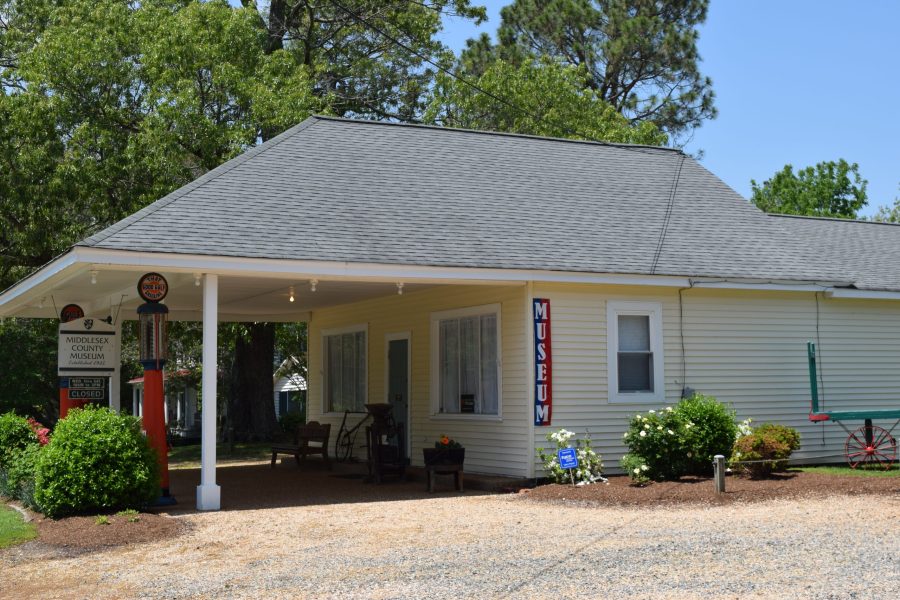
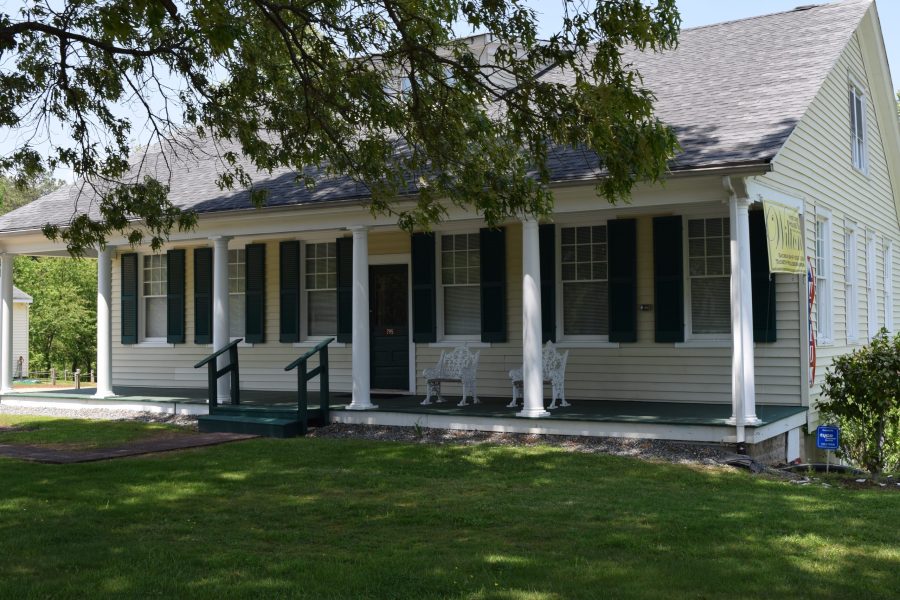
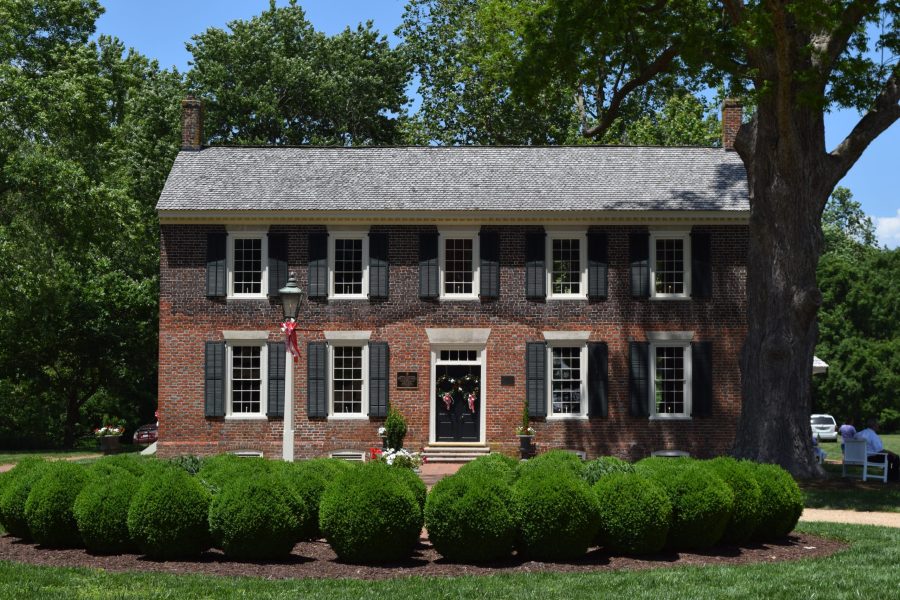
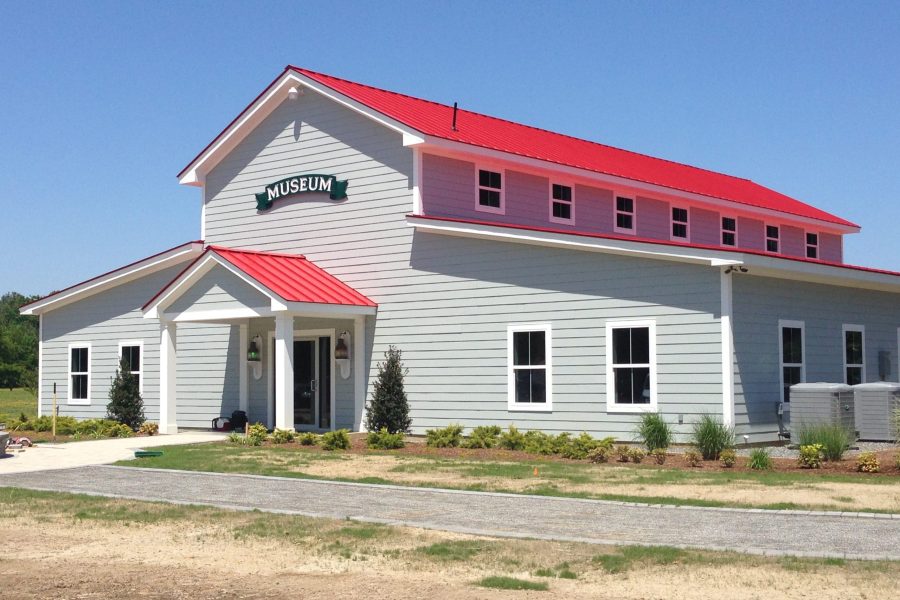
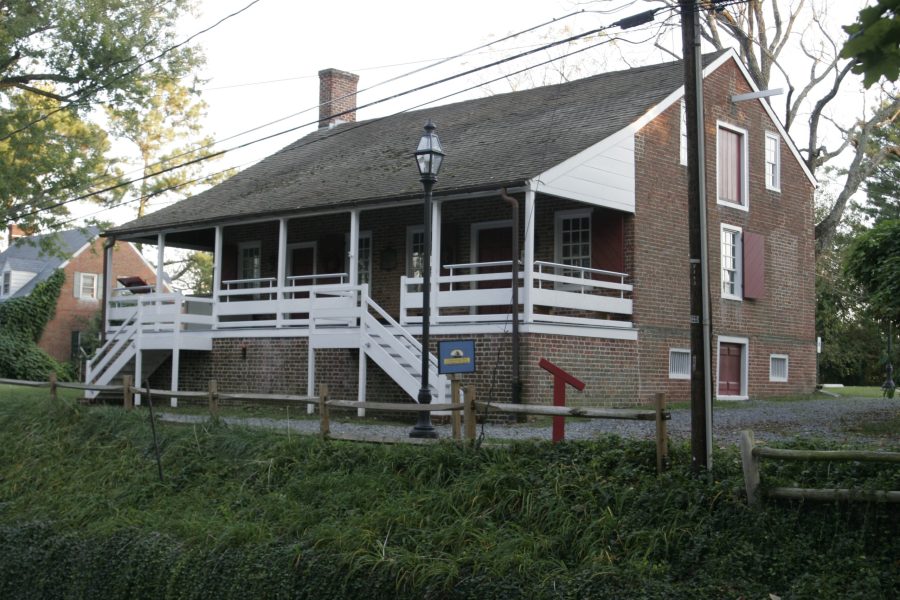
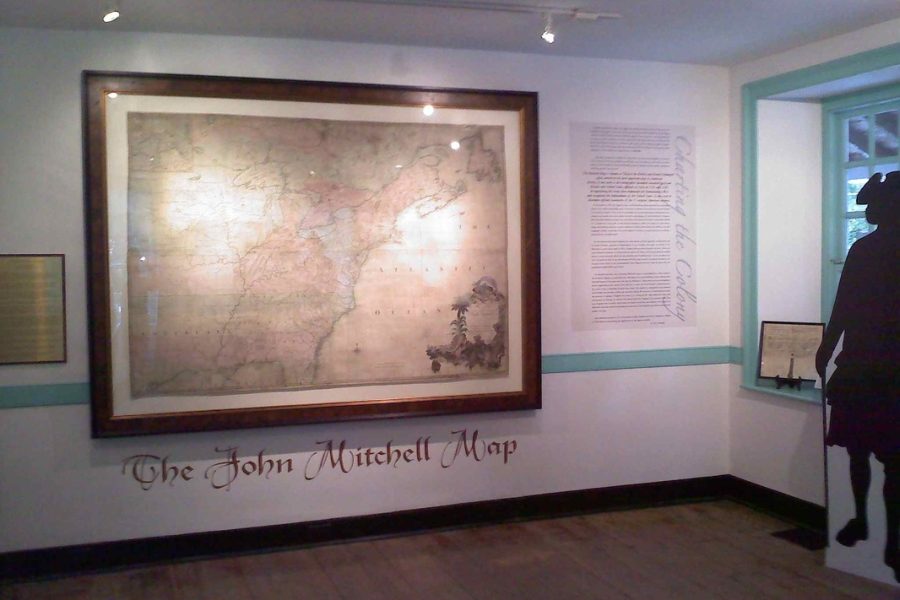
One of the oldest Counties of the Commonwealth, the land that became Middlesex County was long inhabited by Native American tribes that were part of the Powahatan Confederacy. Captain John Smith and a small contingent were the first Europeans to enter Middlesex County and while exploring the Chesapeake Bay in June 1608, near Deltaville, he was stung by a stingray. He was near death but was saved by Native Americans who provided a cure found at a nearby creek. The area has since been known as Stingray Point and Antipoison Creek.
During the seventeenth century, the Chesapeake region primarily produced tobacco, and residents were supplied with foodstuffs from England or stolen from the local Native American tribes. Settlers simply claimed the land according to the rules set forth in Jamestown because they believed it all was the property of King James. Ralph Wormeley was one such gentleman. He claimed 3,200 acres along the Rappahannock River in 1649 and established Rosegill Plantation. The original 50 acres of the town of Urbanna were deeded from Rosegill in 1680.
At the time of Middlesex County’s formation in 1669, 83 families, totaling approximately 900 persons lived in the county, the majority along “the road,” the primary overland transportation route running northwest to southeast through the county (US Route 17 roughly runs this route today). 334 persons of the total population were white servants, and 65 persons were enslaved African Americans. By the beginning of the eighteenth century, the population had grown to 1,771 persons; approximately 30 percent of the population was servants, the majority of these slaves.
While the land for Urbanna was donated in 1680 and divided into lots during the late seventeenth century, the town was not established until between 1704 and 1708; it was named in 1706. The town grew quickly, especially with the passage of two tobacco warehouse acts in 1713 and 1730 that allowed for the installation of public tobacco warehouses and inspection stations throughout the colony. With the establishment of these facilities in Urbanna, merchants and residents flocked to the town.
During the late-eighteenth century, the population great and business, particularly the tobacco trade, was booming on the plantations lining both rivers; this was particularly true in Urbanna. The town had become the major point of economic activity in the county, with its own harbor with countless wharves where merchants docked with their tobacco and other trade goods. Stores and warehouses lined the streets for these goods. By 1770, the town had its own customs house separate of the residence of the customs collector.
Leading up to the Revolutionary War, the Old Middlesex County Courthouse in Urbanna was used as the meeting place for freeholders to issue resolutions to taxation without representation in 1774. During the war, it was used to try suspected Loyalists by the local Committee of Safety (Virginia Historic Landmarks Commission 1976). The county supplied soldiers to the 7th Virginia Regiment, which was formed in early 1776 (7th Virginia Regiment). After the war, Rosegill and the Wormeley family, which had always been a prominent Middlesex County family, was again in government leadership, with Ralph Wormeley V serving in the House of Delegates and as a member of the Virginia Convention of 1788.
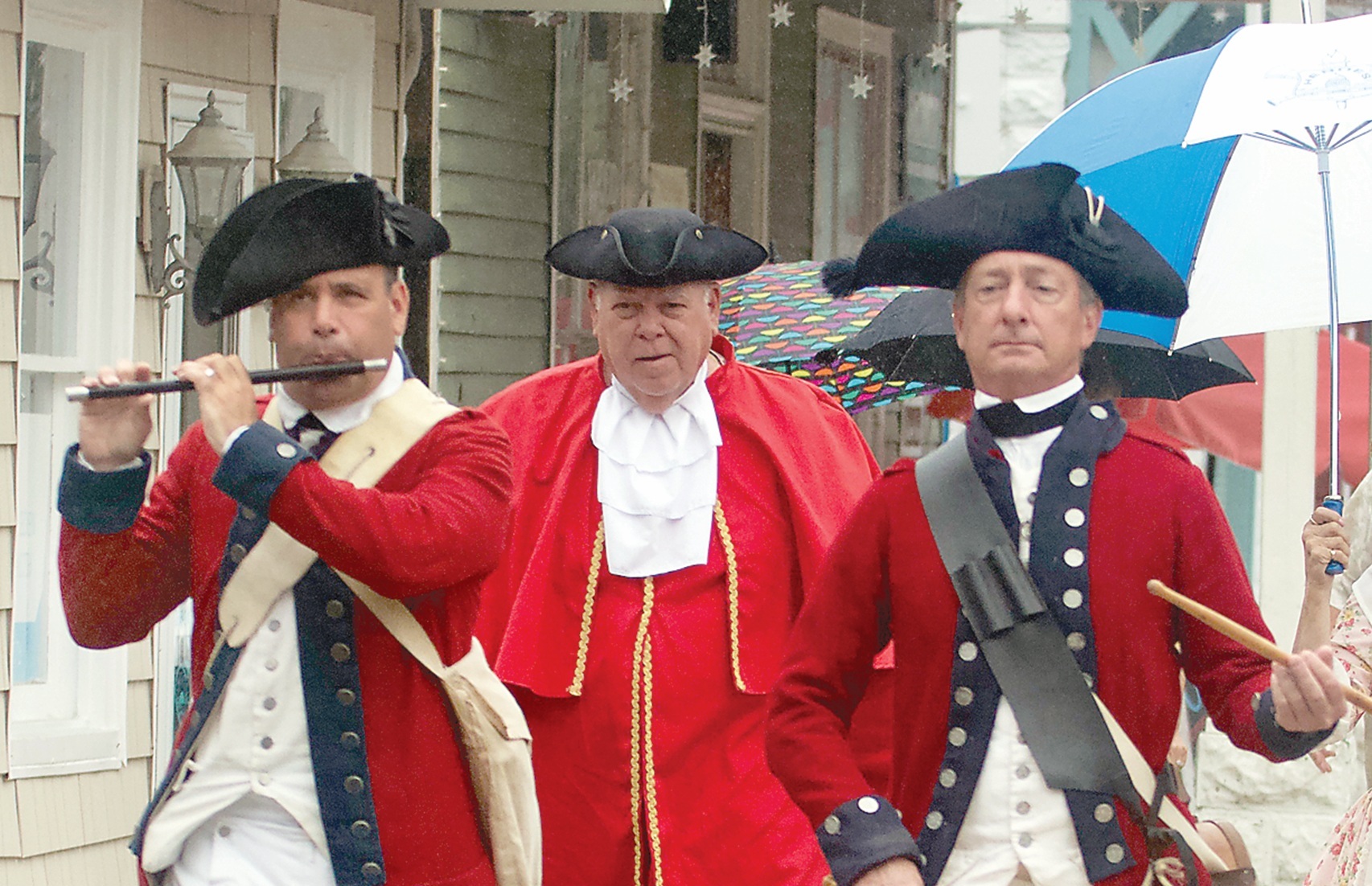 Urbanna Founders Day
Urbanna Founders DayThe Friends of Urbanna, a 501(c)(3) organization whose purpose is to preserve, promote, and educate the local community and visitors on the deep and r... Read More
For more information, please contact:
Patrick Daughtry, Director of Major Gifts
(757) 936-0302 | pdaughtry@va250.org
Susan Nolan, Director of Institutional Giving
(757) 903-1060 | snolan@va250.org
You can see how this popup was set up in our step-by-step guide: https://wppopupmaker.com/guides/auto-opening-announcement-popups/